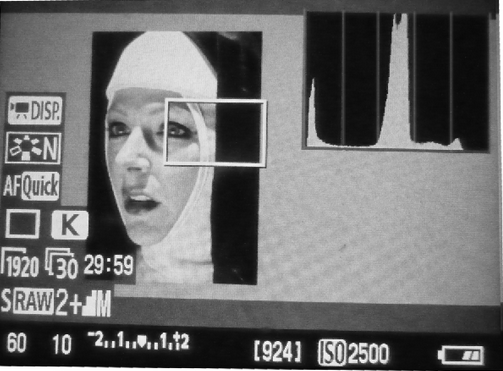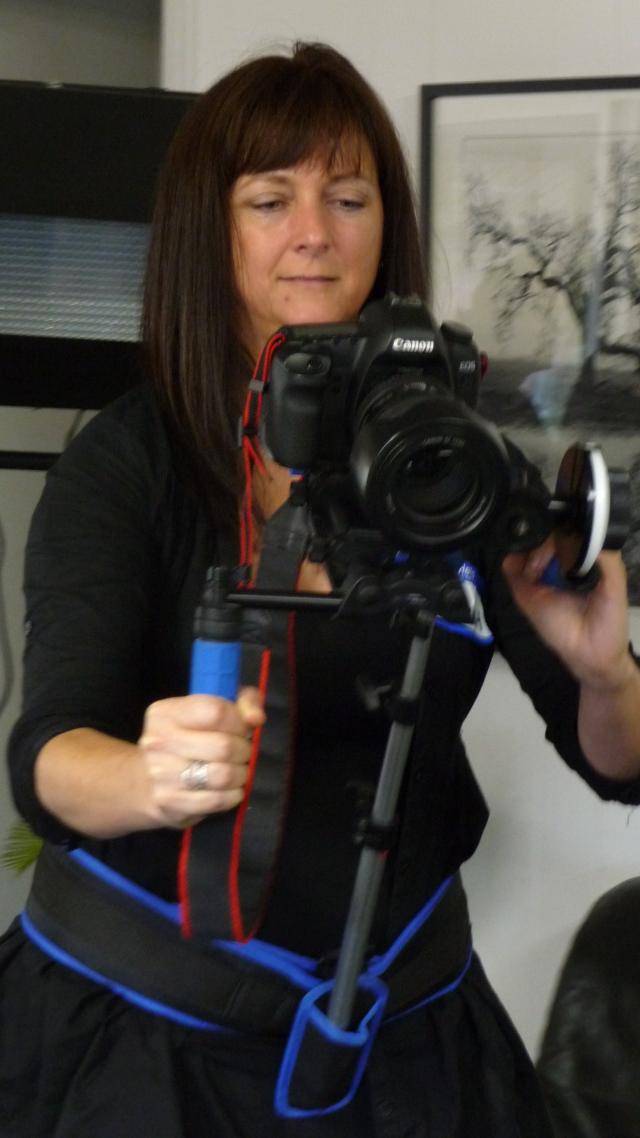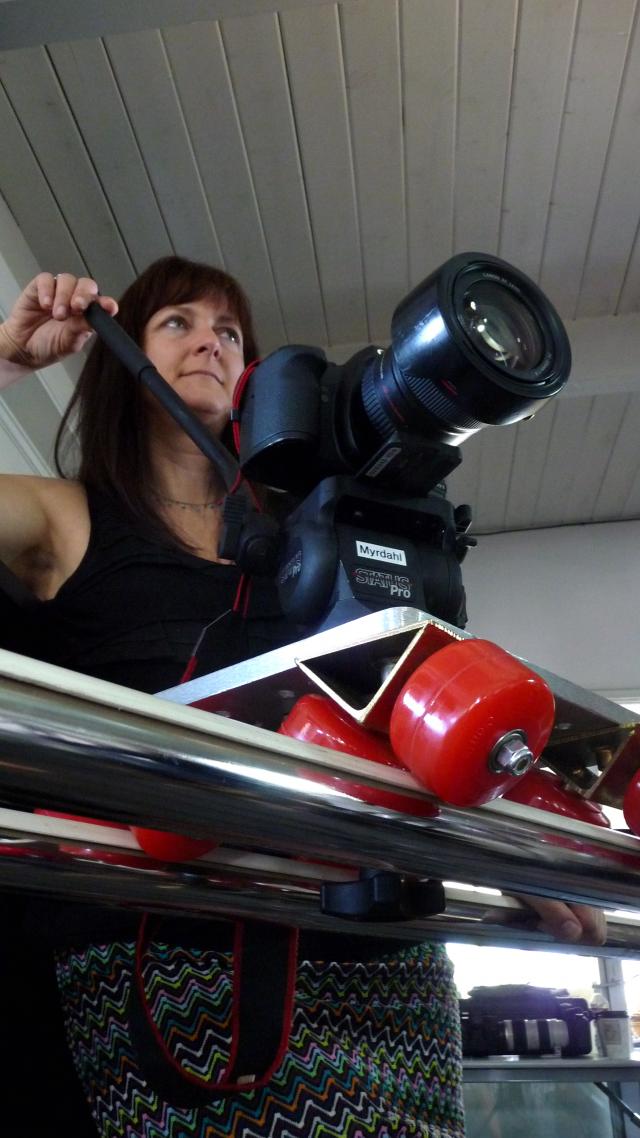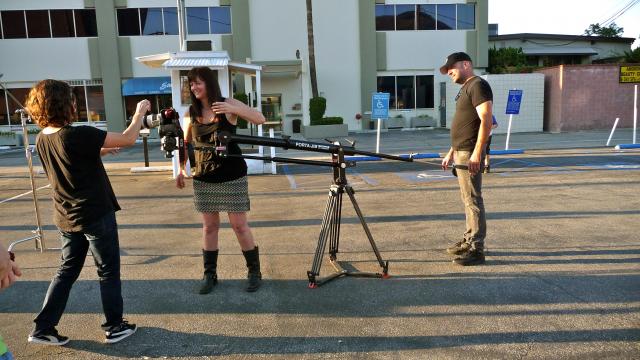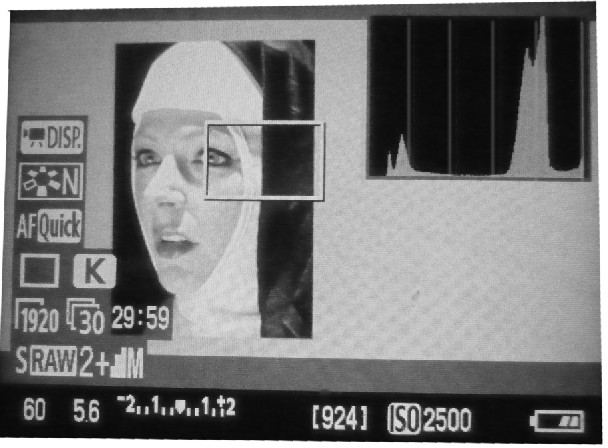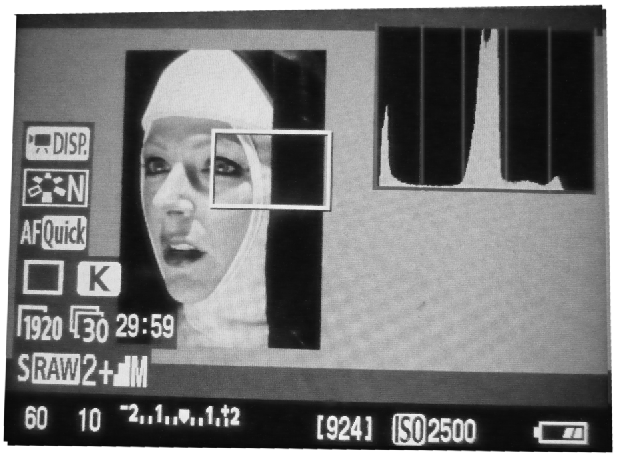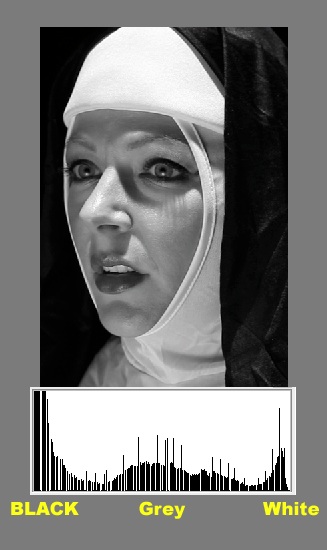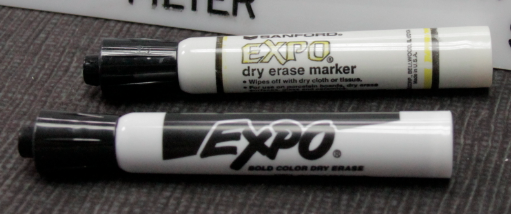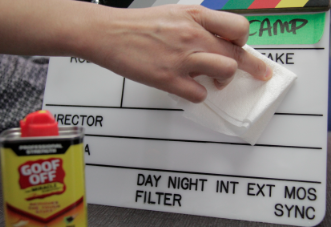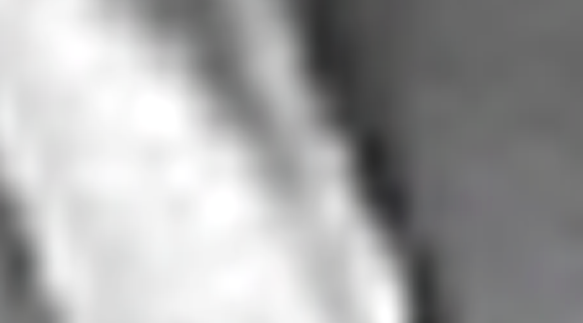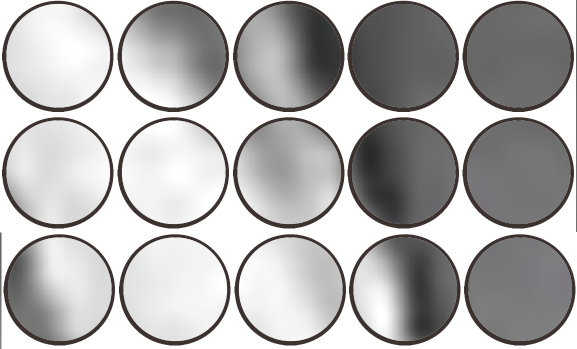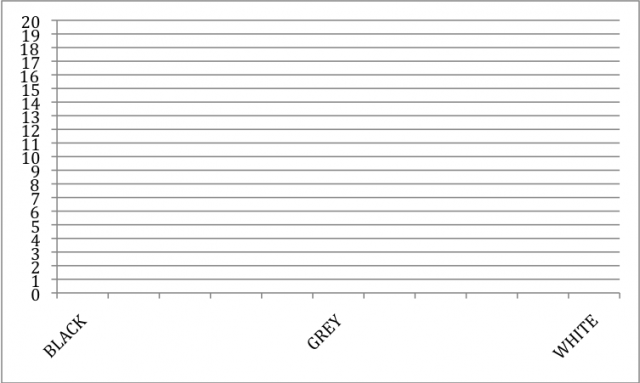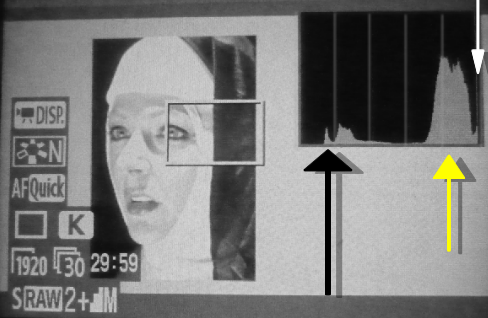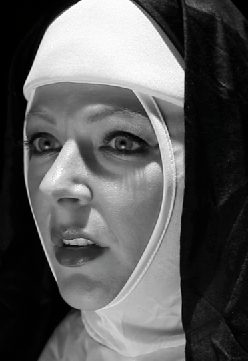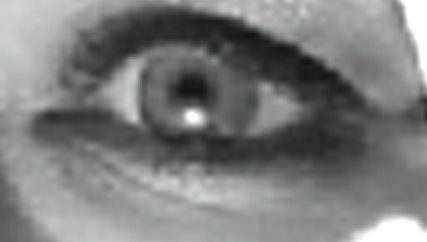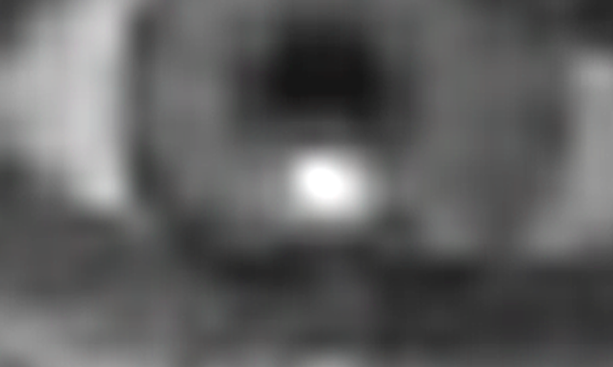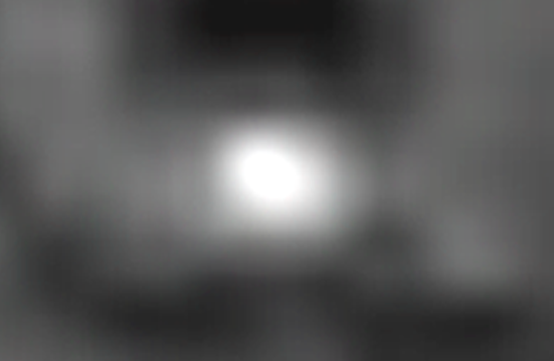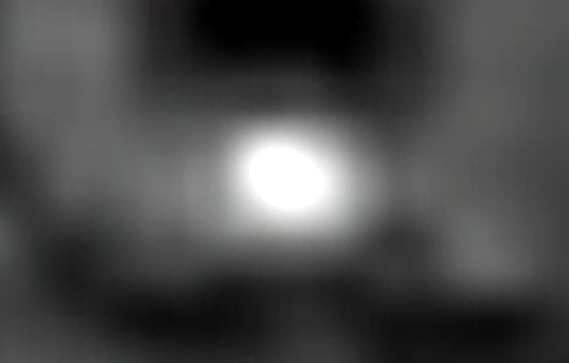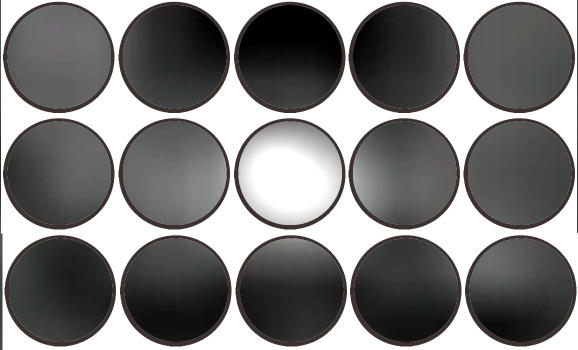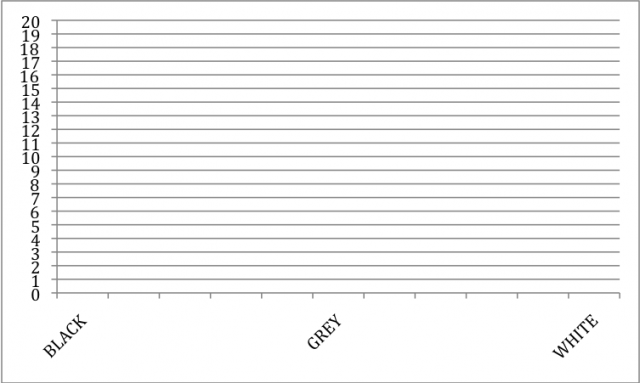Ray Carns’ Experience at the Canon Boot Camp
Ray Carns is a Fine Art Photographer who attended our special boot camp at the Palm Springs Photo Festival in April 2012. Ray worked alongside a dozen other still photographers to soak up our signature Canon training for 5D, 7D and 60D filmmakers. Here’s what Ray had to say about The Association’s Canon Boot Camp, the longest running Canon camera class of it’s kind:
 I’ve just recently started getting into digital within the last couple years, and a lot of things are moving towards multi-media, videos; and I have the camera that’s supposed to be able to do all this, so I needed to learn how to do it. I learned all the basic steps to set up my camera so I could shoot video, and then actually got to use hands-on experience out of it.
I’ve just recently started getting into digital within the last couple years, and a lot of things are moving towards multi-media, videos; and I have the camera that’s supposed to be able to do all this, so I needed to learn how to do it. I learned all the basic steps to set up my camera so I could shoot video, and then actually got to use hands-on experience out of it.
I also didn’t think we were going to shoot a short film either. I thought, you know, we were going to learn different aspects and how to use it hands-on, but then not really have something that would turn into a finished product.
I would definitely recommend it for anyone that’s interested in getting into video or even if they’re just thinking about “what are the possibilities?” I think this is great, and that’s why I’m here.
Ray Carns
Fine Art Photographer

 rom a film background, chances are that you are very attached to your light meter and perhaps have backups upon backups. In the DSLR world, DPs have been familiarizing themselves with the histogram in the camera to measure the accuracy of their exposure and the balance of the blacks, greys, and whites in the picture. What they are aiming to do is avoid blowing out the highlights in the picture where information would be irretrievable in post-production.
rom a film background, chances are that you are very attached to your light meter and perhaps have backups upon backups. In the DSLR world, DPs have been familiarizing themselves with the histogram in the camera to measure the accuracy of their exposure and the balance of the blacks, greys, and whites in the picture. What they are aiming to do is avoid blowing out the highlights in the picture where information would be irretrievable in post-production.